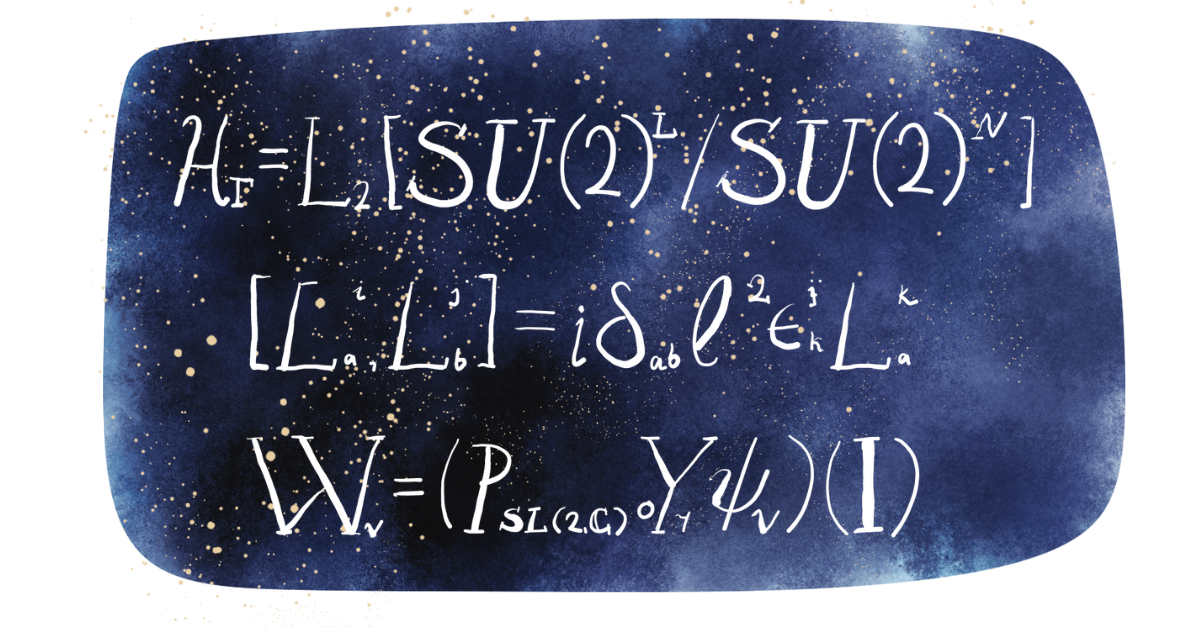We all know that acceleration of gravity on earth isn’t as simple as the formula a = 9.81m/s^2. It’s an oversimplification that works for nearly everything we need it for, so we roll with it. We also know that atoms don’t behave like mini-solar systems, but it holds for our explanations of basic chemistry concepts, so we teach it in schools, with an offhand mention of “remember these are just models!”.
Cool. We’re still on board with that. Now, what if time and space itself were also oversimplifications? Not in the sense that our measures of time are arbitrary (why 60 seconds equate a minute, and why a second is a second), or in the sense that time passes differently depending on how space-time bends around you… but space-time itself is maybe an oversimplification of what is truly happening.
Let’s backtrack a bit, borrowing an example from “Reality is Not What it Seems”. Aristotle, in his book Physics, explains that natural motion (as opposed to thrust motion - exactly what it sounds like), depends on the substance and location. Earth settles at the bottom, water just above it, then air, with fire at the top. This is why stones softly sunk in lakes, air bubbles swiftly surfaced from waterfalls, and fire confidently curled upwards. Now, we know that there’s so much more happening. But with the data available to Aristotle, and with the experiments that had occurred at his time (at least the ones he was aware of), this was a perfectly sound conclusion.
We’ve arrived to a point where it’s looking like we’ve untangled the reality of quantum gravity behind another layer of what we deem “classical particles and fields”. Here’s the idea we’ve had for a while: space is not a canvas that can be infinitely divided, nor is it empty. It is a spin network (states and interactions between particles and fields) in which nodes are connected to each other, with the links representing their relationships to each other. Spacetime pops up into existence as the countless spin networks continue changing and evolving from one to another → which can be represented as math-y sums over a spinfoam. A spinfoam is simply another way of saying the “history” of a spin network - continuously fluctuating. “Every cubic centimeter of space, and every second that passes, is the result of this dancing foam of extremely small quanta”.
Side note: why is it called spinfoam? The foam because the graph is composed of “surfaces that met on lines, which in turn meet on vertices”, forming something that can appear at first glance soap bubbles. Spin, as each face and connection carries them.
Implications? If particles are simply quanta of a field and a field is made of quanta, then if space is a field composed of a quanta, with time being a byproduct of its interactions, then our world is nothing but quantum fields.
Why is this important for us to know? Surely none of the technology in our foreseeable future is going to cross over to such a small scale. We barely scrape by applications on the atomic level (yes, all modern tech, including the laptop I’m typing this away on, are based on quantum physics), but surely it doesn’t matter how accurate our model of the world is as long as it works, right? On the contrary, as we get closer to the underlying rules of our world, we can let our imagination run wild as we open up paths that we previously didn’t recognize. (Remember that it took less than eight years between the intentional fission of uranium and the first knowingly successful atomic bomb).
Hopefully this incited your curiosity to read the book! The author takes a very accessible approach to lots of interesting ideas, entertaining a few different possibilities, while connecting them to different observable phenomena in our universe (loop theory → atoms vibrating in space → black hole’s horizon is relative to fluctuations of gravitational field → fluctuates like a hot body → emitted heat). I do not wish to lose the beauty by attempting to oversimplify all of these concepts, so… go read the book; I would love to hear what you think about it.
If there are any inaccuracies, or if something could be clarified, please let me know!
P.S. Someone once told Rovelli that a theory can’t be credible unless it can be summarized on a t-shirt. Rovelli included a t-shirt draft in his book - here’s a fancier version (if you have it printed out, you can say you’re wearing the secrets of the universe ;)



